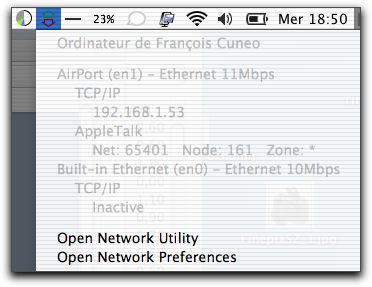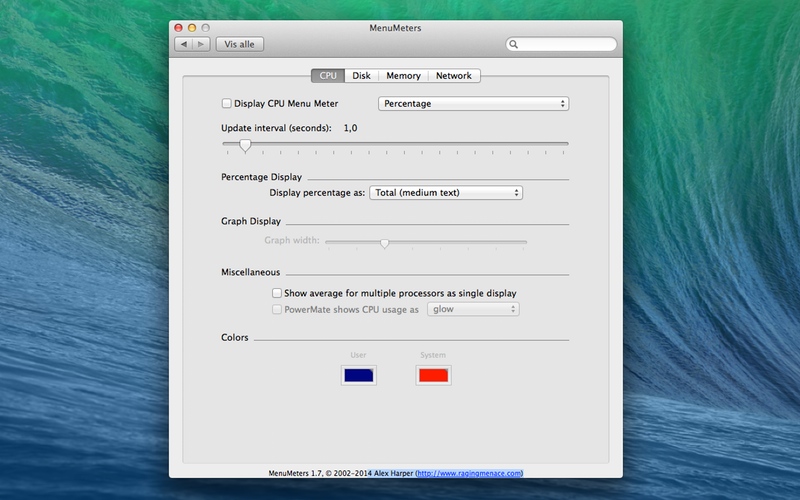

Cut the rest of the trees and knock on the door. Battle Lass Robin's L14 Skitty, L14 Marill and L14 Shroomish. Go back to the beginning and Cut the other two trees, then three trees on the right. Cut the tree to your right, then the north tree, then north again to get the Orange Mail. Use the HM Cut on the tree to your right and battle Lass Sally and her L16 Oddish. Find the Trick Master by standing on the upper-right corner, facing the table and pressing A. Head to Route 110, North of Slateport City, and find the Trick House.

Now, here's the step-by-step game walkthrough! If you don't have those, then check out this Pokemon Gym Walkthrough for the badges and this Pokemon HM/TM Guide to get HM Cut. You need to have the Stone Badge, HM Cut and the Dynamo Badge to pull it off. To get the Coin Case you need the Harbor Mail from the Trick House on Route 110 and then you have to head to Mauville and trade the mail for the case. Here it goes!Ĭoin Case Walkthrough for Pokemon Ruby/Sapphire Patches cheerfully accepted.So, Kidzworld member Maria and asked, "Where can I find my Coin Case? And, also, where can I find a Sun Stone in Pokemon Ruby?" So, it's Cheat Street time cuz Gary's got a video game walkthrough for Pokemon Ruby and Pokemon Sapphire that gives you the 411 on getting the Coin Case and the Sun Stone. Even better, since this is open source, you can fix the bug yourself. That said, if it causes you problems I'd like to hear about it so that I may be able to track down the bug. MenuMeters comes without warranty or support. Interface information is gathered from the SystemConfiguraton framework and thus is MacOS X network location aware (to prevent interfaces from appearing in this menu see the FAQ). The Net Meter menu shows current interfaces and their status. Scaling can be done on the basis of actual link speed reported by the network interface or peak traffic and can use one of several scaling calculations. Both the arrows and the graph are scaled using a user-selected scaling factor and calculation. The Net Meter can display network throughput as arrows, bytes per second, and/or as a graph. The Memory Meter can optionally display a paging indicator light. The Memory Meter menu shows a breakdown of current memory usage and VM statistics. The Memory Meter can display current memory usage as either a pie chart, thermometer, history graph, or as used/free totals. The Disk Meter menu shows volume space details for local drives (it does not display mounted network volumes for speed reasons). It is hotplug aware, and will show activity on FireWire and USB disks as they are mounted. The Disk Activity Meter displays disk activity to local disks on the system (anything that is a IOKit BlockStorage driver). The menu for the CPU Meter contains several pieces of information I like to have a single click away (uptime, load average, open Process Viewer, open Console). It can also graph user and system load and display the load as a "thermometer". The CPU Meter can display system load both as a total percentage, or broken out as user and system time. This means they can be reordered using command-drag and remember their positions in the menubar across logins and restarts. The MenuMeters monitors are true SystemUIServer plugins (also known as Menu Extras). Those monitors which used the menubar mostly used the NSStatusItem API, which has the annoying tendency to totally reorder my menubar on every login.
#Menumeters 1.9.7 windows
Most were windows that sat in a corner or on the desktop, which are inevitably obscured by document windows on a PowerBook's small screen. Although there are numerous other programs which do the same thing, none had quite the feature set I was looking for. MenuMeters is a set of CPU, memory, disk, and network monitoring tools for MacOS X.


 0 kommentar(er)
0 kommentar(er)
